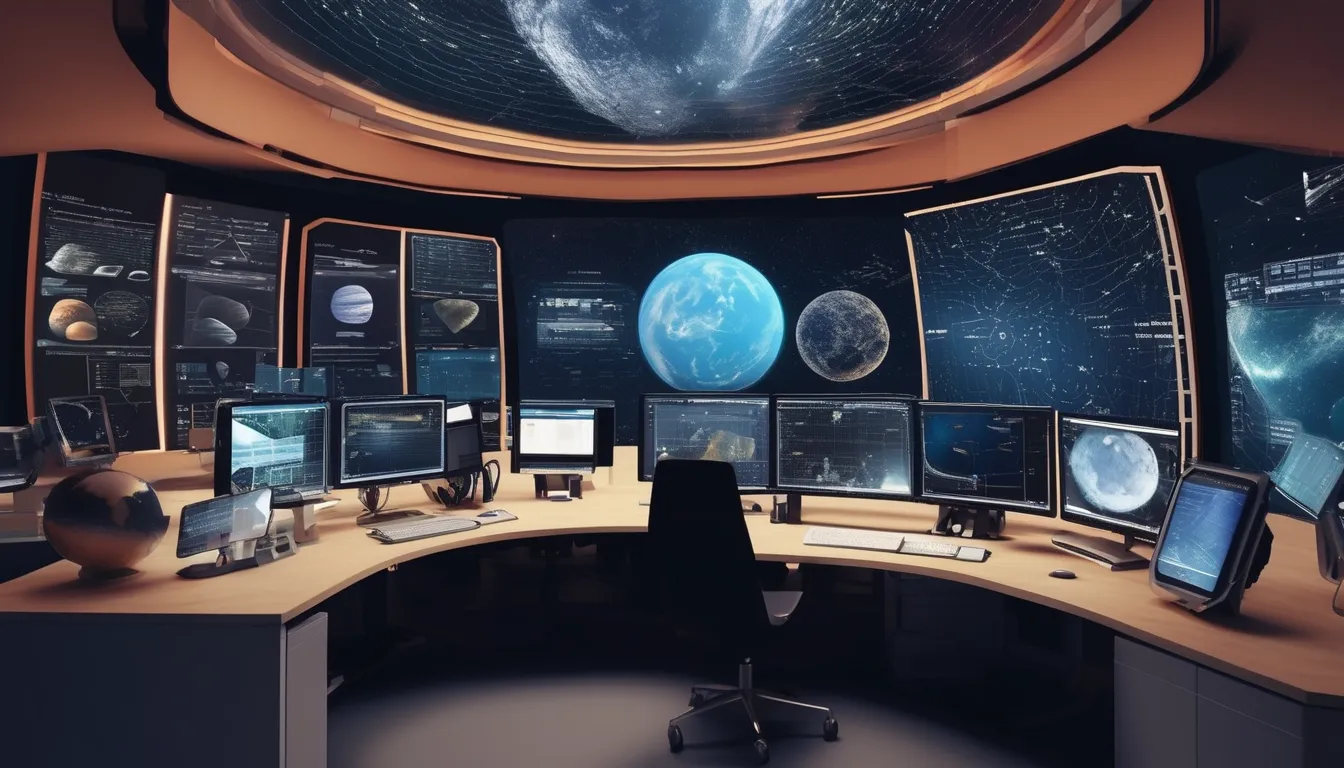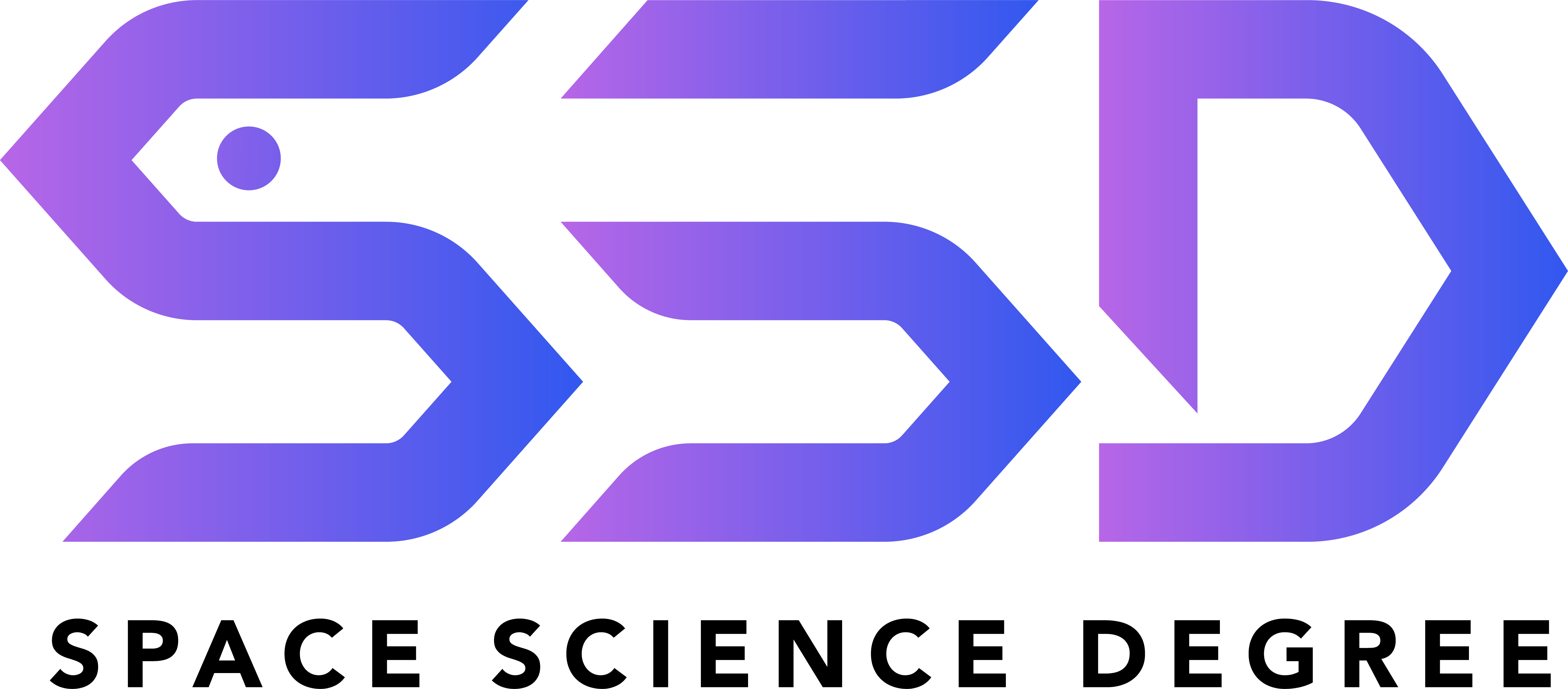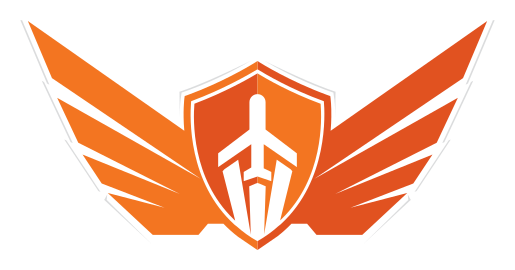
In space science, familiarity with various software tools is crucial for data analysis, modeling, simulation, and mission planning. Here’s a list of some key software and programming languages you might need to know:
Programming Languages:
- Python: Widely used for data analysis, machine learning, and general-purpose programming. Libraries like NumPy, SciPy, and Matplotlib are essential.
- C/C++: Often used for performance-critical applications, including simulations and onboard spacecraft software.
- MATLAB: Frequently used for mathematical modeling, data analysis, and simulations.
Data Analysis and Visualization:
- MATLAB: Also used for data visualization, signal processing, and analysis in space science.
- IDL (Interactive Data Language): Commonly used in astronomy and remote sensing for data analysis and visualization.
- GNU Octave: An open-source alternative to MATLAB, useful for numerical computations.
Simulation and Modeling:
- STK (Systems Tool Kit): A comprehensive tool for modeling and simulating the performance of complex systems, particularly in space missions.
- GMAT (General Mission Analysis Tool): An open-source tool for mission design, trajectory optimization, and spacecraft modeling.
- Celestia: A 3D astronomy program that allows users to visualize space missions and celestial objects.
Spacecraft Design and Analysis:
- ANSYS: Used for finite element analysis (FEA) in spacecraft design, including structural, thermal, and fluid dynamics simulations.
- COMSOL Multiphysics: A simulation platform that can model multiple physics phenomena in spacecraft design.
- OpenRocket: Software for simulating and designing model rockets, useful in educational and experimental settings.
Data Processing and Management:
- HEASoft: A collection of software for the analysis of data from high-energy astrophysics missions.
- AstroPy: A Python library for astronomy, providing tools for processing, analyzing, and visualizing astronomical data.
- ESA's FITS Viewer: A tool for viewing Flexible Image Transport System (FITS) files, commonly used in astronomy.
Mission Planning and Control:
- NASA's FreeFlyer: A space mission design and operations software.
- SPICE (Spacecraft, Planet, Instrument, C-matrix, Events): A toolkit used for mission planning and science observation analysis.
GIS and Remote Sensing:
- ArcGIS: A powerful GIS tool for spatial data analysis, often used in Earth observation and remote sensing.
- ENVI: Software for processing and analyzing geospatial imagery, particularly in remote sensing.
Astronomy and Astrophysics:
- AstroImageJ: An astronomy-focused image processing and analysis software.
- Aladin: An interactive sky atlas for visualizing astronomical images, catalogs, and databases.
Machine Learning and AI:
- TensorFlow and PyTorch: Useful for applying machine learning to large datasets, including those from space telescopes and satellites.
Collaboration and Documentation:
- LaTeX: Essential for writing research papers, technical documentation, and reports in a professional format.
- Git/GitHub: Version control systems for managing code and collaboration in software development.
Other Tools:
- Virtual Observatory Tools: Various tools like TOPCAT and Aladin for accessing and analyzing data from astronomical observatories.
Learning these tools can provide a strong foundation for a career in space science, whether you're focusing on research, engineering, data analysis, or mission planning.


